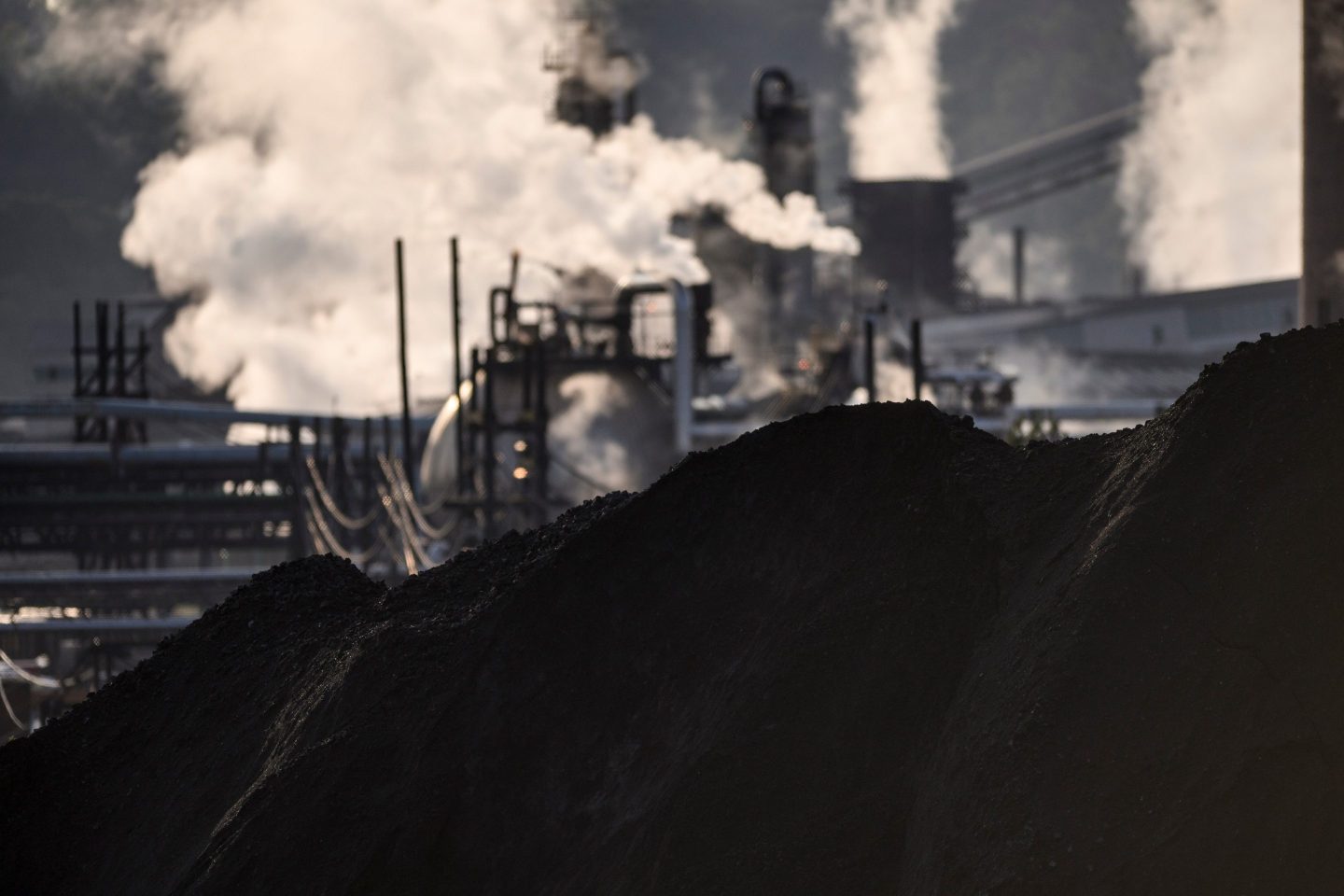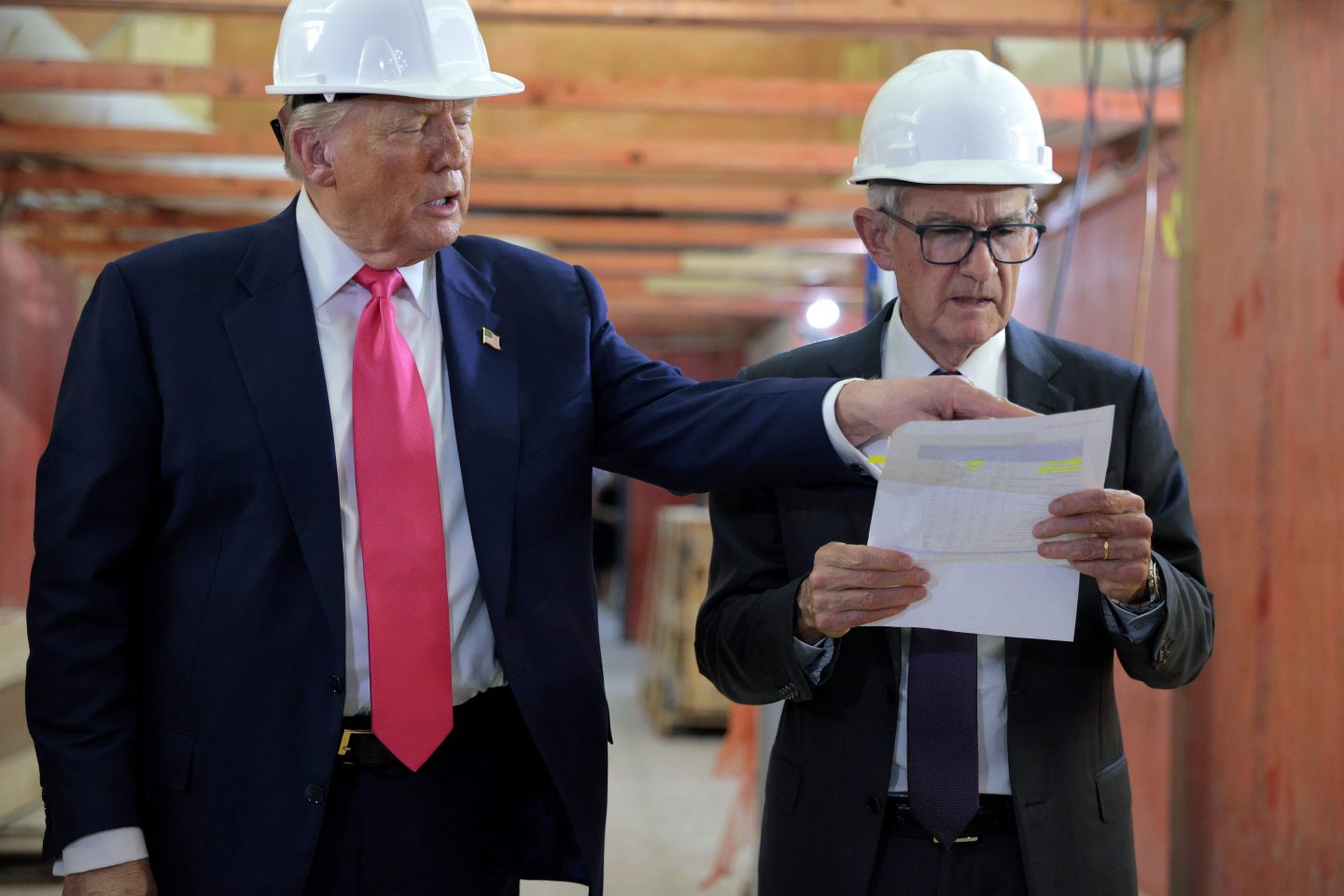If I were a betting man, I would feel safe putting money on you being woken up by a smartphone alarm this morning. Maybe you looked at your texts, perused your news apps or (if you’re like me) played Quartiles while you made your coffee and checked work emails.
I’m also willing to bet that at some point in the last week you got in your car or took a hike and used GPS, and maybe in the last few months you even went to the airport and got on a flight. There, you probably saw at least one person watching a movie with in-flight Wi-Fi or working on a project on their laptop.
Us tech folks use our devices dozens if not hundreds of times a day, utilizing countless apps for both personal and professional needs. From the moment we open our eyes, our day is being aided and enabled by cloud-connected, internet-based technologies. It’s even crept into our language. “Ask Siri”, “Google it” and “Venmo me” are normal vernacular. But here’s the real kicker: It’s not just the people with the latest smartphone, the professionals with the most advanced computer engineering degree or the world’s largest tech organizations depending on data centers. It’s everyone.
Yes, if you’re a fan of searching every question you have, working remotely or even using a credit card, that means you, too.
Sure, data centers store, process and share the data for businesses users — but in doing so, they support end users’ entire digital world and everything in it.
Without data centers, flights would be grounded (pilots could not get weather info and flight plans would not be available), communication would become rudimentary, payments would stop processing (welcome back, bartering) — even 911, which goes through an online system, would shut down. That’s just the beginning.
Today, our societal (and even national and international) success is contingent upon digital infrastructure growth — that’s just the world we live in now. But paving the way for continued data center development means everyone needs to recognize the true weight of what we do.
End users: It’s safe (and necessary) to leave behind the idea that data centers purely cater to massive tech giants and get curious about the role digital infrastructure plays in your life — unless you’re fully off the grid, but if you’re reading this, that’s not the case.
Developers, we’re certainly not off the hook here either — it’s our job to share more of our inner world. Let’s admit it: We haven’t exactly made it easy to understand our work, and it’s time for us to re-learn the ‘sharing is caring’ message we got in grade school. For our industry, acknowledging the weight of what we do for end users also means stepping into our duties as meaningful contributors, partners and educators to local, regional and national communities.
Yes, data center development Is essential (even for you)
Think about it: U.S. residents send and receive over 2 trillion text messages annually, 88% of U.S. households subscribe to a streaming service, every new automobile has some form of connectivity and 89% of Americans use mobile banking.
Life would come to a standstill if data centers were to suddenly disappear — but many people (understandably) don’t even make that connection. After all, just because we hold a phone in our hand or type on a computer doesn’t mean we become experts on how our notifications reach us or how our online world operates.
As of 2024, there were over 5,000 data centers in the U.S., and within these facilities, 4.7 million workers were keeping our infrastructure online. If we want to continue enabling our digital lives, there’s no avoiding it: We need more. This is the story that gets told in major headlines, and for anyone who enjoys modern conveniences, this is good news. However, without the ‘why’ it can seem confusing and intimidating.
On the individual level, data centers are everyone’s unsung heroes. But looking beyond our individual experiences, data centers are also vital infrastructure on the regional, national and international level.
As data centers grow in importance, so do these developments’ roles as economic catalysts, and fortunately, many regions have recognized the economic opportunity these capital-intensive construction projects present. Increased tax revenue, job creation and local contracting opportunities — plus added digital capabilities (and enrichment and training programs) from data centers and their developers — create a significant and desirable leg up for many areas.
Data Centers: Rich in Economic and Infrastructural Opportunities
Data centers are a growing business, and that means this industry is always looking for new data center talent.
These facilities already employ a massive number of workers in the U.S., offering local economies access to high-paying technical job opportunities. In fact, a 2025 impact reportstates that direct employment in the U.S. data center industry grew by more than 50%, compared to 10% growth in employment for the United States overall, between 2017 and 2023. The U.S. Census Bureau predicts data center requirements — computing infrastructure providers, data processing, web hosting and related services — will add 95,400 more jobs by 2033.
Here’s more good news: There are so many ways for folks to capitalize on these well-paying and vital jobs. Our own Stream Team is made up of diverse backgrounds, age groups and areas of expertise, from ex-military vets that are now security managers to recent graduates that become technicians.
As with any fast-growing industry that relies on hiring bright, motivated people, the compensation is good enough to land the best candidates. Public officials of all kinds like to focus on adding manufacturing jobs to our local economies, but in the case of data centers, the competition for outstanding talent means that even junior technicians tend to receive more competitive compensation compared to similar roles in manufacturing.
Data-center roles also provide strong pathways for additional career and compensation growth as added bonuses; the work we do is important, so growing and keeping talent is equally vital.
So, to all the parents out there looking to get their kids into a high-value, growing sector — while our industry gains attention by delivering big facilities, we know our people are our best asset, and we’re always looking for more.
Also, for the data-center developers out there: Don’t forget that the people you’ll need to empower your growth won’t just be folks with engineering degrees (and for the end users at home, try not to forget this either).
Helping our digital economy and infrastructure thrive takes all kinds, and a strong data center growth trajectory creates opportunity for everyone. This is, after all, a growing industry full of high-value jobs for all sorts of disciplines, skill levels and educational backgrounds. That should get everyone excited. But labor opportunities are just one source of value.
Data centers are also supporting transitions to carbon-free energy too. Since the hyperscalers we support are some of the largest purchasers of new-generation renewable energy on the planet, focusing on efficiency gains becomes the proverbial rising tide that lifts all boats. Most hyperscale providers do more than they are required to, ensuring they make carbon-free energy investments within local markets to achieve their targets while being additive. Hyperscale providers (and the companies that serve them, like Stream) have not used the surge in demand to abandon their commitments to sustainability — and the U.S. Sustainable Data Center market is expected to double by 2029.
In addition to great jobs, regions attracting data center developments benefit from new roads, improved internet connectivity and accessibility, and more resilient power grids thanks to data centers’ significant investments.
Not to mention, in the race for AI adoption, having a wealth of critical infrastructure assets positions all of us well for the future of the global digital economy.
Yes, these facilities are large, and to do the work end users need, they require significant resources and investment. But to continue growing as a digital economy, data centers must grow too. Fortunately, data centers tend to be a highly energy-efficient asset class (and are becoming more resource-efficient every day) — and, whenever possible, they are also built with the intention of being functionally invisible.
Just like we hardly notice how much of our day is innately tied to data centers and the information, transportation, education and entertainment we use every day, most responsible developers prefer that their data centers are barely noticeable (which helps with site security as well as the comfort of our communities). They’re like the Batman of critical infrastructure: They’re there to help you — not for glory.
Of course, that’s the effect achieved when data center development is done the right way.
Making Data Centers Mesh
As the world’s appetite for data continues to grow, the need for power and land to suit data center development has spurred outreach into new markets.
But, as with all things in life, there’s a right way and a wrong way to do this. Responsible developers will tell you that not any site will do, and finding a good one is hard. You can’t just shoehorn a data center into any open lot — nobody looking to do the right thing wants that for their customers or their communities.
For good developers, continuing to lean into responsible practices here is a non-negotiable. Sophisticated end users already know a data center that works with its surroundings safely, sustainably and reliably is the only kind of facility worth considering.
Aside from location factors like acreage, transportation access, power availability, talent and more, our planners, architects and engineers conduct extensive studies and analyses on zoning, acoustic modeling, environmental impact assessments and more. This ensures the impact of the proposed data center is minimal, at Stream, we only have a site if all that checks out.
Responsible developers follow best practices for design and construction, support good stewardship and try to mitigate disruptions and encourage efficiencies as much as possible during construction. For example, in addition to building data centers that are energy efficient and use as little water as possible, Stream has designed a proprietary configurable direct liquid cooling offering. This solution helps reduce Scope 2 and 3 emissions and adapts to meet our customers’ needs with both air and liquid cooling options as they manage rapidly changing IT requirements.
Good data-center developers are also good partners, starting with the local utilities. On a given project, Stream might fund or complete upgrades to local electrical infrastructure to balance out any added requirements. We might also help complete projects that the members of our community are passionate about, like upgrades to the right-of-way areas surrounding the facility. If you are committed to being a good partner, there are always opportunities to support the local community in meaningful ways — before and after the data center is operational. It’s the developer’s job to uncover those opportunities and deliver on our promise of being good neighbors and good providers to our customers.
When you forge meaningful relationships and create shared understanding, there are opportunities to give back to the communities where you operate while building the future we all need.
This is the inflection point we’re all sitting at — and we think developers and end users can and will meet in the middle. We’ve seen it done to great success across our markets, but it begins with transparency and an awareness of just how important these data centers are.
At Stream, we’ve been building data centers, hiring talent and driving deeper collaboration in the communities where we operate for decades. Like most data-center operators, we are excited about the growth our industry is experiencing, but we’ll never compromise on our commitments to safety, sustainability and community to build at all costs.
If this commitment to doing things the right way takes the lead, data centers can continue to be cornerstones of our day-to-day life — and nobody will have to worry about what society would look like without our digital emergency services, educational and job functions, communications and beyond.
The opinions expressed in Fortune.com commentary pieces are solely the views of their authors and do not necessarily reflect the opinions and beliefs of Fortune.











